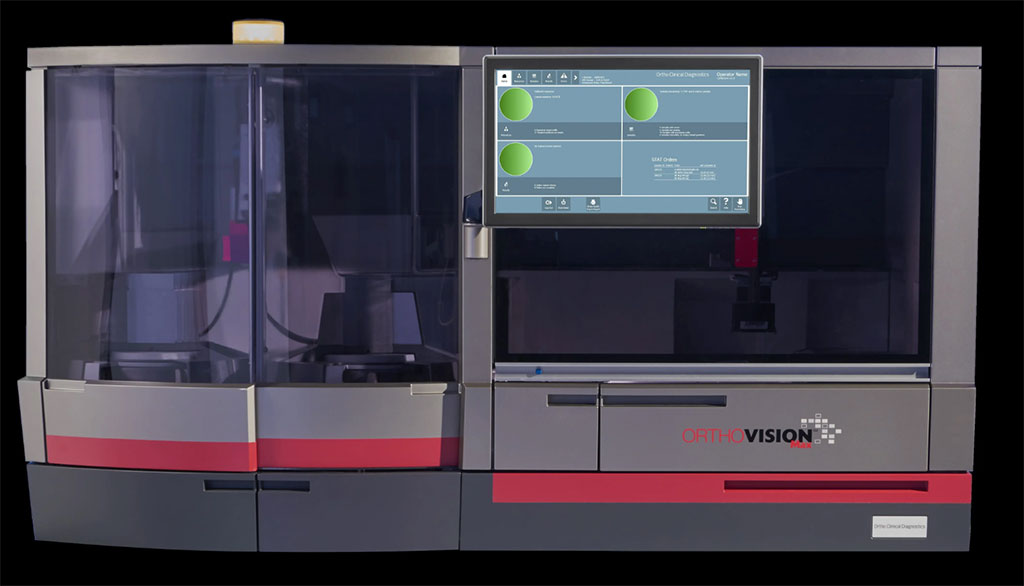Remote Dispensing of Emergency Release Red Blood Cells Assessed
Posted on 26 Oct 2022
Good transfusion practice requires meticulous attention to the correct identification of blood samples and the performance of pre-transfusion compatibility testing using validated procedures. Patients with acute bleeding are frequently transfused with emergency release (ER) group O red blood cells (RBCs).
There are several different approaches to address this need, but most employ the provision of group O RBCs to avoid ABO incompatibility. First, the RBCs can be packed into a container for urgent transportation to the intended site of transfusion, which is typically an emergency department (ED) or trauma bay.

Medical Transfusion Specialists at the Alpert Medical School of Brown University (Providence, RI, USA) examined records of patients who received ER RBCs over a 30-month period. In total, 935 patients received ER RBCs over this 30-month period, 816 at hospital A and 119 at hospital B; 527 (56%) were trauma patients, and 408 (44%) were non-trauma patients. Nurses accessing the refrigerator were required to give patient identification information, when known, prior to removal of the ER RBCs, allowing technologists the opportunity to check for previous serologic records and communicate directly with the ED if a serologic incompatibility was potentially present.
ABO typing, antibody screening, antibody panels, and antiglobulin cross-matches were routinely performed using a gel column agglutination technique on automated blood bank analyzers (Ortho Vision; Ortho Clinical Diagnostics, Raritan, NJ, USA) using reagents from the vendor. Ficin gel panels were used where required to clarify antibody identification. Phenotyping was performed using a tube technique (Bio-Rad, Hercules, CA, USA).
The team reported that total of 2,055 RBCs were removed from the electronically connected satellite refrigerator (ECSR): 1,855 from hospital A and 200 from hospital B, 1,847 of which were transfused, yielding an average of 2.0 units transfused per patient. Thirty (3.4%) patients had a serologic abnormality, and most patients with antibodies were female (18/30 or 60%). As expected, most of the antibodies with known specificity were Rhesus or Kell antibodies (35/43, 81%). In 15 cases, incompatible RBCs were interdicted. In six cases, the transfusion was considered urgent, and an acute hemolytic transfusion reaction (AHR) occurred in four of these six (overall 0.4%), including one fatal AHR due to anti-KEL1.
The authors concluded that their data was indicative of slightly higher rates of AHR than previously reported, which is possibly related to the inclusion of a large number of non-trauma patients, and the prospective active evaluation of recipients of incompatible RBCs. Given the frequency of anti-K, they believe a policy of storing only KEL1-negative RBCs in ED refrigerators and that the use of ECSRs in emergency departments with a high volume of ER RBCs are useful steps to mitigate the risk inherent in the practice of ER RBC transfusion. The study was published in the October 2022 issue of the American Journal of Clinical Pathology.
Related Links:
Alpert Medical School of Brown University
Ortho Clinical Diagnostics
Bio-Rad














